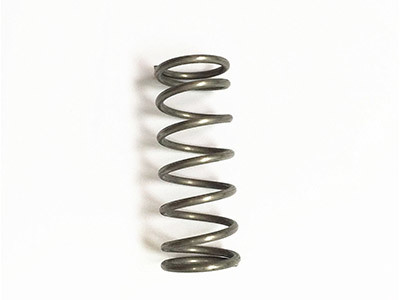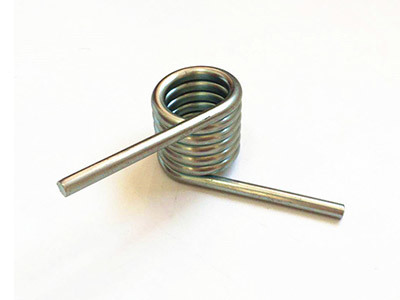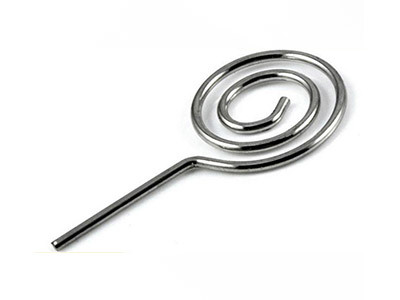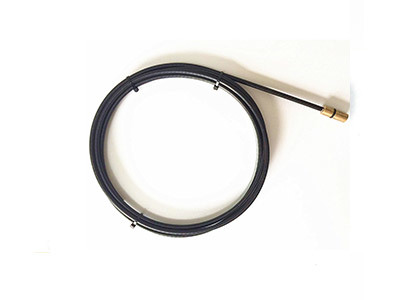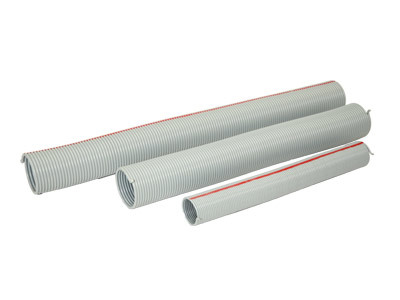Understanding Extension Springs: A Key Component in Door and Window Hardware
Release Time:
2025-09-25
Extension springs are vital components in various mechanical applications, especially in the construction and decorative materials industry, where they play a crucial role in door and window hardware. These springs are designed to absorb and store energy, allowing for smooth and efficient operation of doors and windows. Understanding how extension springs work and their significance can greatly en

Extension springs are vital components in various mechanical applications, especially in the construction and decorative materials industry, where they play a crucial role in door and window hardware. These springs are designed to absorb and store energy, allowing for smooth and efficient operation of doors and windows. Understanding how extension springs work and their significance can greatly enhance the performance and longevity of your products.
An extension spring operates by elongating when a load is applied, thus storing potential energy that is released when the load is removed. This characteristic makes them ideal for applications where controlled movement is necessary, such as in the opening and closing mechanisms of doors and windows. By providing resistance against external forces, extension springs ensure that doors and windows function correctly and safely.
One of the primary advantages of using extension springs in door and window hardware is their ability to provide consistent tension. This feature helps maintain the alignment of doors and windows, preventing them from sagging or becoming misaligned over time. Moreover, extension springs are generally lightweight and compact, making them easy to incorporate into various hardware designs without adding unnecessary bulk.
When selecting extension springs for a specific application, it is essential to consider several factors. First, the load requirements must be accurately assessed to ensure the spring can handle the necessary tension. Additionally, the material used to manufacture the springs can significantly impact their performance and durability. Common materials include stainless steel and high-carbon steel, both of which offer excellent strength and corrosion resistance.
Another important aspect to consider is the spring's diameter and length, which should align with the specific design and installation requirements of your door or window hardware. A well-chosen extension spring will contribute to the overall efficiency of the mechanism, improving user experience and durability.
For professionals in the construction and decorative materials industry, understanding the role of extension springs in door and window hardware is crucial. Implementing high-quality extension springs not only enhances the functionality of your products but also contributes to customer satisfaction and loyalty. Additionally, maintaining an inventory of various spring options can help meet diverse client needs and foster a reputation for reliability and quality.
In conclusion, extension springs are an essential component of door and window hardware in the building and decorative materials sector. By recognizing their importance and selecting the right springs for your applications, you can ensure the long-term performance and reliability of your products, ultimately benefiting both your business and your clients.
An extension spring operates by elongating when a load is applied, thus storing potential energy that is released when the load is removed. This characteristic makes them ideal for applications where controlled movement is necessary, such as in the opening and closing mechanisms of doors and windows. By providing resistance against external forces, extension springs ensure that doors and windows function correctly and safely.
One of the primary advantages of using extension springs in door and window hardware is their ability to provide consistent tension. This feature helps maintain the alignment of doors and windows, preventing them from sagging or becoming misaligned over time. Moreover, extension springs are generally lightweight and compact, making them easy to incorporate into various hardware designs without adding unnecessary bulk.
When selecting extension springs for a specific application, it is essential to consider several factors. First, the load requirements must be accurately assessed to ensure the spring can handle the necessary tension. Additionally, the material used to manufacture the springs can significantly impact their performance and durability. Common materials include stainless steel and high-carbon steel, both of which offer excellent strength and corrosion resistance.
Another important aspect to consider is the spring's diameter and length, which should align with the specific design and installation requirements of your door or window hardware. A well-chosen extension spring will contribute to the overall efficiency of the mechanism, improving user experience and durability.
For professionals in the construction and decorative materials industry, understanding the role of extension springs in door and window hardware is crucial. Implementing high-quality extension springs not only enhances the functionality of your products but also contributes to customer satisfaction and loyalty. Additionally, maintaining an inventory of various spring options can help meet diverse client needs and foster a reputation for reliability and quality.
In conclusion, extension springs are an essential component of door and window hardware in the building and decorative materials sector. By recognizing their importance and selecting the right springs for your applications, you can ensure the long-term performance and reliability of your products, ultimately benefiting both your business and your clients.
Related News
